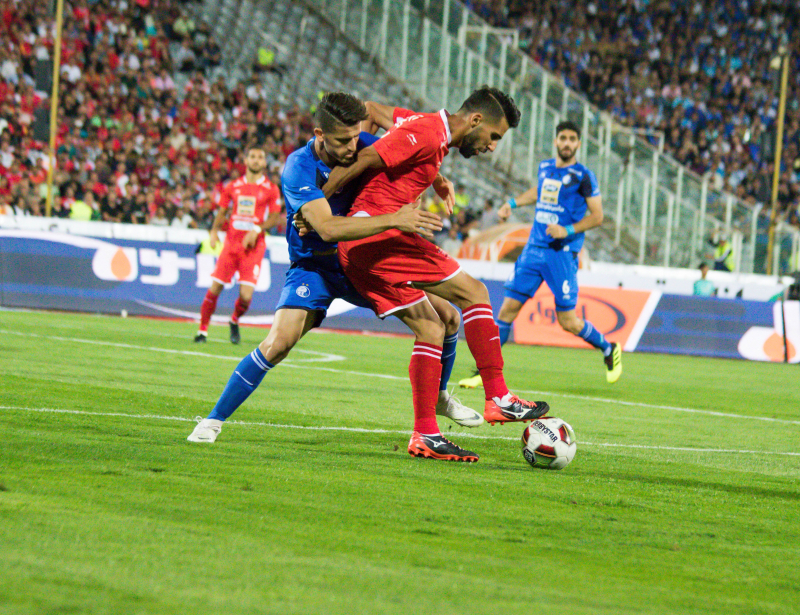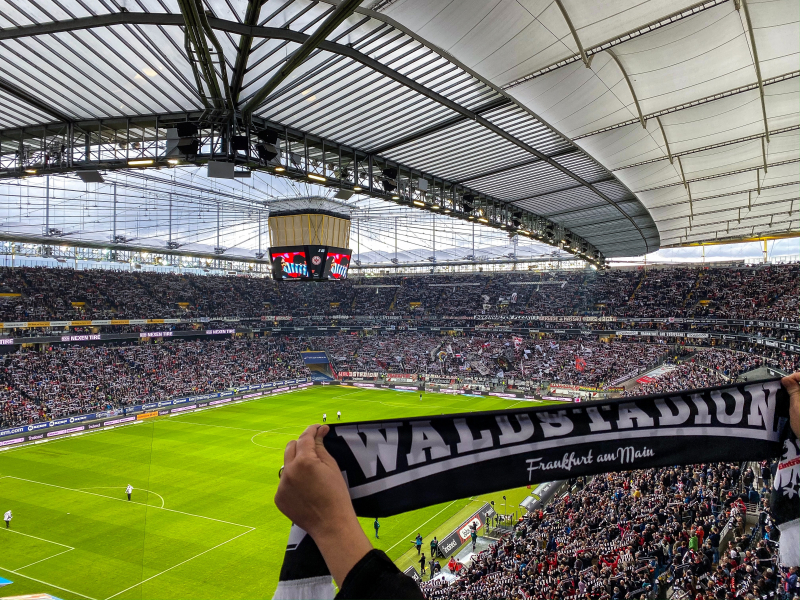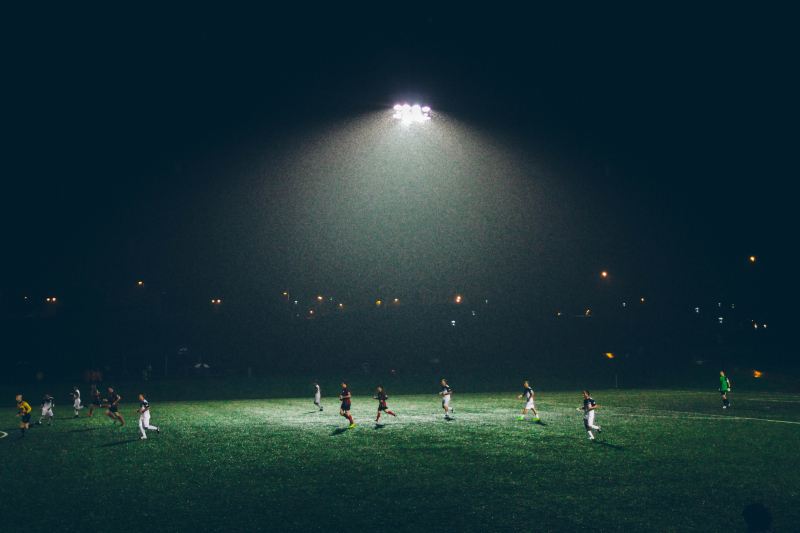The history of Russian football per se began in 1991, after the fall of the Soviet Union – strictly speaking, up until that time, it was Soviet football. However, modern football is, of course, very much rooted in it.
Moreover, if we dig deeper, we’ll see that football existed even before the establishment of the Soviet regime, which means that it’s been out there for more than a hundred years.
As the regimes changed, so did the football league system. So, to get a clear picture, let’s start with the earliest era of Russian football and track the history of its leagues from there.
Football in the Russian Empire
Football has been known and popular in Russia since the late 19th century. The Russian Football Union, the official organization charged with Russian football development, was founded in 1912, and by 1914 it included almost 200 teams with 5000 players. However, there were no established leagues that would cover the whole country.
Soviet football leagues
The history of Russian football leagues goes back to Soviet times. The first All-Union championship was held in 1924. However, up until 1936 there were no independent clubs playing – teams representing cities and Soviet republics competed in the championship.
By 1936, most major clubs were founded on the basis of companies and institutions (you can learn more about this process in this article) and the first official USSR league called the Soviet Top League was established. It was one of the most prominent leagues in Europe. It’s last champion is FC CSKA Moscow (1991) and most championships (13, to be exact) belong to FC Dynamo Kyiv. The tournaments were held annually and were interrupted only during World War II.
Modern football leagues
The first national championship after the fall of the USSR was held in 1992, when the Russian Professional Football League (Профессиональная Футбольная Лига) was established. It used to deal with organization of all the top tournaments until 2001. Nowadays, however, it’s the third-tier league in Russia. Overall it includes 73 clubs that are divided into territorial zones: West, Centre, South, Ural-Povolzhye, and East.

Credit: Alireza Kamran (@alivc) on Unsplash.com
The second league is called the Russian National Football League (Футбольная Национальная Лига) with 22 clubs engaged.
And finally, the top league is called the Russian Premier League (Российская Премьер Лига). It was established in 2001 and overtook the functions of the Russian Professional Football League. Since then, it’s been the primary league followed by the majority of fans. At the end of the 2018/19 season, it ended up in sixth place in the UEFA League Ranking. As part of the Russian Premier League, 16 clubs compete for the championship. FC Zenit is its current champion.
All these leagues are interconnected, which means that all clubs have an opportunity to improve their results and reach the top league and vice versa. For example, one of the most notable events in Russian football this year is the fact that FC Rotor from Volgograd managed to enter the Russian Premier League for the first time in 16 years, even though it used to show great results – for example, it reached the final of the UEFA Intertoto Cup in 1996.

Credit: Joshua Ziß (@joshuazissphotography) on Unsplash.com
Apart from the major leagues, there are also smaller tournaments, such as the Russian Amateur Football League, a league with amateur-semipro status, the Youth championship that the youth and reserve teams of the Russian Premier League clubs take part in, and the Russian Women’s Football Championship, a women’s football league active since 1992.
Where you can check out the games
As attending the stadiums is still limited right now (only 10% of fan seats can be used), TV is the best way to dive into Russian football. The most popular channel that broadcasts both football games and related shows is called Match TV (Матч ТВ).
You can learn more about sports in our articles about ITMO University's student sports club KronBars and the fan area at Zenit Arena.




